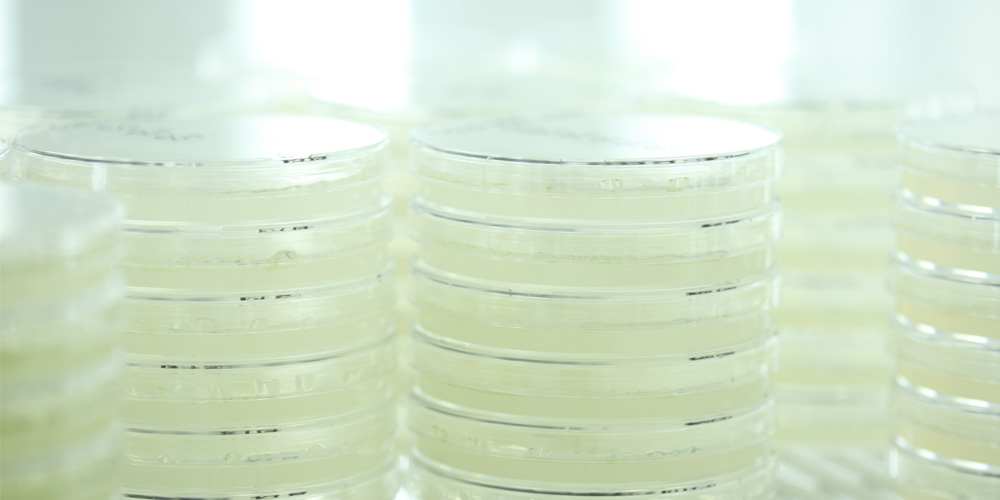Surviving the harsh winter months is a major challenge for many insects. One widely adopted survival strategy, especially in temperate regions, is the production of overwintering eggs with hard, dark-colored shells that can withstand cold, dryness, and microbial infection.
A research team led by Professor Shuji Shigenobu at the National Institute for Basic Biology (NIBB), Japan, has identified the
Laccase2 (
Lac2) gene as essential for the darkening and hardening of overwintering eggs in the pea aphid (
Acyrthosiphon pisum). By applying a refined CRISPR/Cas9 genome editing protocol specifically optimized for aphids, and introducing the innovative “DIPA-CRISPR” technique for the first time in this species, the researchers disrupted
Lac2 and uncovered its critical role in egg protection.
Knockout of
Lac2 completely abolished pigmentation and greatly reduced eggshell hardness. The mutant eggs became more susceptible to fungal infection and failed to hatch. These results demonstrate that
Lac2 is indispensable for overwintering egg survival in pea aphids, highlighting a key molecular component of seasonal adaptation.
Beyond uncovering
Lac2’s role, the team developed a powerful, aphid-tailored genome editing toolkit. The optimized CRISPR/Cas9 workflow and DIPA-CRISPR adaptation overcome the long-standing technical challenges in aphid research—such as small egg size, complex life cycles, and obligate symbionts—significantly improving efficiency and accessibility. These tools are expected to further advance genetic research in aphids, enabling new insights into their biology and potential pest control strategies.
“Our optimized genome editing approach highlights the essential role of Lac2 in the seasonal adaptation of pea aphids,” said Professor Shuji Shigenobu of the National Institute for Basic Biology. “
Beyond this specific gene, our methods open new opportunities for investigating diverse biological questions in aphids, from their complex life cycles to their symbiotic relationships.”
The research team is sharing these optimized genome editing protocols and practical tips with the scientific community through their laboratory website (
https://www.shigenobulab.org/) and by organizing workshops, thereby promoting advances in aphid biology and encouraging researchers working with other emerging model insects.
The study was published in PLOS Genetics on July 21, 2025.
 Left
Left: Pea aphid (
Acyrthosiphon pisum). [Photo credit: Dr. Tomonari Nozaki]
Right: Eggs produced after CRISPR/Cas9-mediated knockout of the
Laccase2 (
Lac2) gene (left) compared with wild-type eggs (right). Wild-type eggs exhibit intense black pigmentation due to melanin deposition, whereas
Lac2 knockout eggs lack pigmentation and appear translucent, revealing the embryo inside.
PLOS Genetics
Refined CRISPR/Cas9 genome editing in the pea aphid uncovers the essential roles of Laccase2 in overwintering egg adaptation
Shuji Shigenobu¶*, Shinichi Yoda¶, Sonoko Ohsawa, Miyuzu Suzuki
¶equally contribution, *Corresponding Author
DOI: https://doi.org/10.1371/journal.pgen.1011557
Contact:
Shuji Shigenobu
Professor
National Institute for Basic Biology
E-mail: shige@nibb.ac.jp





 Left: Pea aphid (Acyrthosiphon pisum). [Photo credit: Dr. Tomonari Nozaki]
Left: Pea aphid (Acyrthosiphon pisum). [Photo credit: Dr. Tomonari Nozaki]